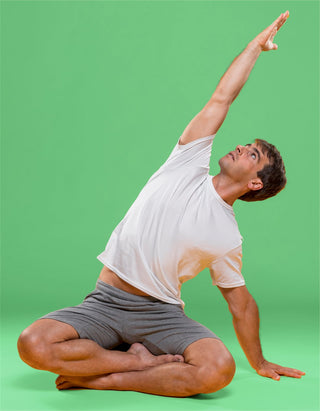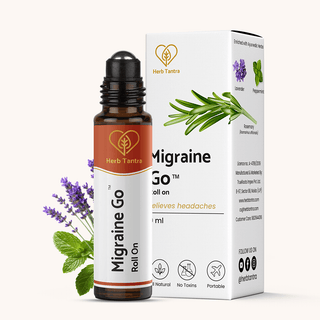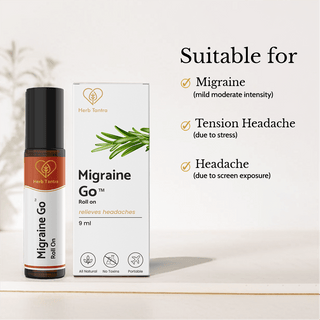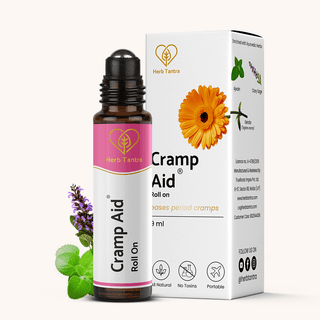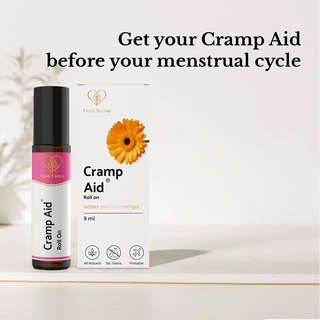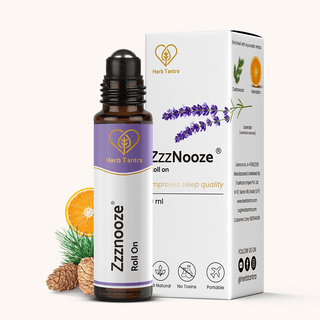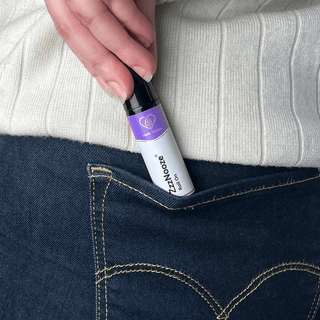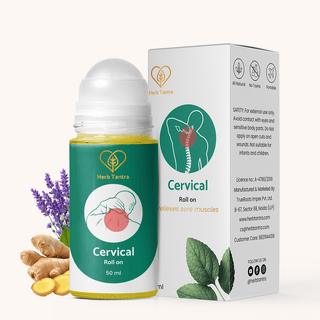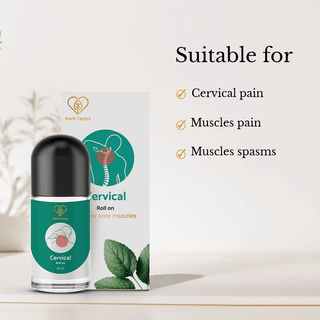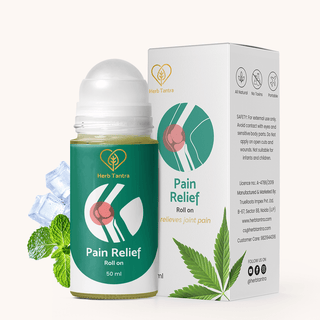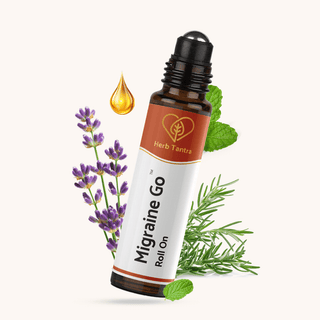Introduction
Have you ever woken up with a stiff neck and wondered if it was because you slept in a draft? Or maybe someone told you that cracking your neck regularly will lead to arthritis? With so much information and misinformation floating around about cervical pain, it's no wonder many of us are confused about what causes it and how to treat it.
In this article, we'll separate fact from fiction, exploring common cervical pain myths and revealing evidence-based facts that can help you better understand and manage this common condition.
Understanding Cervical Pain
Cervical pain refers to discomfort in the neck region, specifically involving the cervical spine—the seven vertebrae (C1-C7) that make up your neck. This area supports the weight of your head (about 10-12 pounds) and allows for significant mobility, making it vulnerable to strain and injury.
The pain can range from a mild, annoying ache to severe, debilitating discomfort that radiates to your shoulders, upper back, or arms. It may be accompanied by stiffness, reduced range of motion, headaches, or even numbness and tingling sensations that extend down your arms.
Common causes include:
- Poor posture (especially from prolonged smartphone or computer use)
- Muscle strain or tension
- Worn joints or disk degeneration
- Nerve compression
- Injuries from accidents or sports
- Certain diseases like rheumatoid arthritis
Common Myths About Cervical Pain
Myth 1: Cracking Your Neck Leads to Arthritis
Many people believe that the habit of cracking or popping your neck will eventually cause arthritis.
The Fact: Research has not established a direct link between occasional neck cracking and the development of arthritis. A study published found no connection between knuckle cracking (a similar joint-popping mechanism) and osteoarthritis. However, excessive or forceful neck manipulation, especially when done incorrectly, can potentially strain ligaments or cause other soft tissue injuries.
Myth 2: Sleeping in a Draft Causes Neck Pain
This is an old wives' tale that persists across many cultures—the belief that sleeping near an open window or under a fan will lead to a stiff, painful neck.
The Fact: Cold drafts don't directly cause cervical pain. What may happen is that muscles can become tense in response to cold temperatures, potentially leading to stiffness. The real culprits behind "morning neck pain" are usually poor sleeping positions or unsuitable pillows that fail to provide adequate support for your neck's natural curve.
Myth 3: Rest Is the Best Treatment for Neck Pain
Many people believe that immobilizing the neck and resting completely is the best approach when experiencing cervical pain.
The Fact: While short periods of rest may be beneficial during acute pain episodes, prolonged immobility can actually worsen the condition. The gentle movement and specific exercises help maintain flexibility, strengthen supporting muscles, and promote healing. Complete rest can lead to muscle weakening and increased stiffness.
Myth 4: Cervical Pain Always Indicates a Serious Problem
A common misconception is that persistent neck pain must signify a serious underlying condition.
The Fact: Most cervical pain cases (about 95%, according to research published in the Annals of Internal Medicine) are mechanical in nature, meaning they stem from how the joints, muscles, and ligaments in your neck work together. While some neck pain can indicate serious conditions like meningitis or cancer, these cases are relatively rare and usually accompanied by other distinctive symptoms.
Myth 5: Expensive Ergonomic Products Always Fix Neck Problems
There's a perception that investing in expensive ergonomic chairs, desks, or pillows will automatically resolve cervical pain issues.
The Fact: While ergonomic products can certainly help, they're not magical solutions. Research shows that the effectiveness of ergonomic interventions depends on proper selection, adjustment, and use of these products, combined with good postural habits and appropriate exercises. An expensive chair won't help if you still hunch over your computer for hours without breaks.
Important Facts About Cervical Pain
Fact 1: Digital Devices Are Changing Our Necks
The phenomenon known as "text neck" is becoming increasingly common in our technology-driven world. Looking down at phones and tablets forces the neck into an unnatural position, placing extra stress on the cervical spine. Research reveals that tilting your head forward by just 15 degrees increases the effective weight your neck must support from about 10-12 pounds to 27 pounds.
Fact 2: Stress Is a Major Contributor to Neck Pain
The mind-body connection plays a significant role in cervical discomfort. When we're anxious or under pressure, we tend to unconsciously tighten these muscles, leading to pain and stiffness.
Fact 3: Sleep Position Significantly Impacts Neck Health
Your sleeping position and pillow choice can make a dramatic difference in cervical comfort. Research indicates that sleeping on your back or side with proper pillow support maintains better cervical spine alignment than stomach sleeping, which forces the neck into rotation for hours at a time.
Fact 4: Exercise Can Be More Effective Than Medication
Physical activity is one of the most evidence-supported treatments for cervical pain. According to a systematic review published, specific strengthening and stretching exercises for the neck and upper back can be more effective for chronic cervical pain than pain medications, with fewer side effects.
Fact 5: Cervical Pain Often Relates to Whole-Body Posture
Neck problems frequently stem from issues elsewhere in the body. Research demonstrates that forward head posture rarely exists in isolation—it's commonly associated with rounded shoulders, increased thoracic kyphosis (upper back curve), and anterior pelvic tilt. This means that effective cervical pain treatment often needs to address whole-body alignment, not just the neck itself.
Natural Remedies for Cervical Pain
While severe or persistent cervical pain should be evaluated by a healthcare professional, many people find relief through natural approaches:
Heat and Cold Therapy
Alternating heat and cold can provide significant relief for many types of cervical pain:
- Cold therapy (ice packs wrapped in a thin cloth) helps reduce inflammation and numb pain during acute flare-ups
- Heat therapy (warm towels or heating pads) relaxes tight muscles and improves circulation after the initial inflammatory phase
Plant-Based Pain Relief
Natural anti-inflammatory compounds found in certain herbs and essential oils can help manage cervical discomfort without the side effects associated with long-term use of conventional pain medications. Herb tantra's cervical roll-on combines ancient Ayurvedic wisdom with modern formulation techniques to deliver targeted pain relief.
This portable solution contains potent herbs like wintergreen, eucalyptus, and camphor, which have been scientifically shown to reduce inflammation and provide analgesic effects when applied topically. The convenient roll-on applicator allows you to precisely target painful areas without messy creams or oils.
Gentle Movement and Stretching
Simple neck stretches performed regularly throughout the day can prevent stiffness from developing:
- Slow neck rotations (looking left, then right)
- Gentle tilting (ear toward shoulder)
- Chin tucks (drawing chin straight back without looking down)
Always move slowly and stop if any movement increases pain.
When to See a Doctor
While many cases of cervical pain respond well to natural remedies and self-care, certain symptoms warrant immediate medical attention:
- Pain that radiates down your arm with numbness, tingling, or weakness
- Severe pain that doesn't improve with rest
- Pain following an injury or accident
- Pain accompanied by headache, fever, or unexplained weight loss
- Difficulty with fine motor skills or coordination problems
- Loss of bladder or bowel control
Remember that natural approaches work best for mild to moderate cervical pain and function best as complementary methods to professional medical care when needed.
Prevention Tips
The best treatment for cervical pain is prevention. Consider these evidence-based strategies:
- Practice good posture: Keep your head centered over your spine, with ears aligned with shoulders.
- Take movement breaks: Set reminders to stretch every 30 minutes when working at a computer or using mobile devices.
- Strengthen supporting muscles: Regular exercise for neck, shoulders, and upper back creates natural support for your cervical spine.
- Check your sleep setup: Ensure your pillow maintains proper cervical alignment for your preferred sleep position.
- Stay hydrated: Proper fluid intake supports disc health throughout your spine.
Conclusion
Understanding the truth about cervical pain separating myths from facts, is the first step toward effective management and prevention. While neck discomfort is common, it doesn't have to limit your quality of life or become a chronic condition. If you're currently struggling with cervical discomfort, why not try herb tantra's neck relief roll-on? Its powerful blend of therapeutic plants provides targeted relief wherever and whenever you need it. The convenient applicator fits easily in your pocket, purse, or desk drawer, ensuring you're never without relief.
Visit our website herbtantra.com to explore our complete range of natural pain management solutions, or contact our customer care team for personalized recommendations based on your specific cervical pain pattern. With Herb Tantra, effective relief from cervical pain is just a roll away.
FAQs
Q1. What causes cervical pain?
Cervical pain is commonly caused by poor posture (especially from prolonged device use), muscle strain, worn joints, nerve compression, and injuries. Stress is also a major contributor, as it leads to physical tension in neck muscles, while conditions like arthritis or disk degeneration can cause chronic neck pain.
Q2. What is the best treatment for neck pain?
The best approach combines gentle movement, targeted exercises for neck muscles, proper posture maintenance, and natural anti-inflammatory remedies like Herb Tantra's Neck Relief Roll-On. Unlike the myth that complete rest is ideal, controlled movement and strengthening of supporting muscles often provides better long-term relief than medication alone.
Q3. Does cervical neck pain go away?
Most cases of cervical pain resolve within a few weeks with proper self-care, including gentle stretching, heat/cold therapy, and natural remedies. However, chronic neck pain may require a comprehensive approach including posture correction, stress management, and targeted strengthening exercises to prevent recurrence.
Q4. Can stress really cause neck pain or is that just a myth?
Stress genuinely causes physical neck pain—this is fact, not myth. When stressed, we unconsciously tense neck and shoulder muscles, leading to pain and stiffness. Studies confirm this mind-body connection, which is why stress management techniques like meditation and aromatherapy products like Herb Tantra's Calm Mind Roll-On can effectively reduce cervical discomfort.
Q5. Is cracking my neck harmful or helpful for cervical pain?
Occasional neck cracking hasn't been scientifically linked to arthritis as commonly believed. However, forceful or frequent self-manipulation can potentially injure ligaments and soft tissues. Instead of repeated cracking, focus on gentle stretches, proper ergonomics, and natural pain relief methods to address the underlying causes of your neck discomfort.
Q6. How can I tell if my cervical pain requires medical attention?
Seek medical care if your neck pain radiates down your arms with numbness or weakness, persists despite self-care, follows an injury, is accompanied by headache and fever, or affects coordination. While most cervical pain responds well to natural remedies, these warning signs indicate potentially serious conditions requiring professional evaluation.


